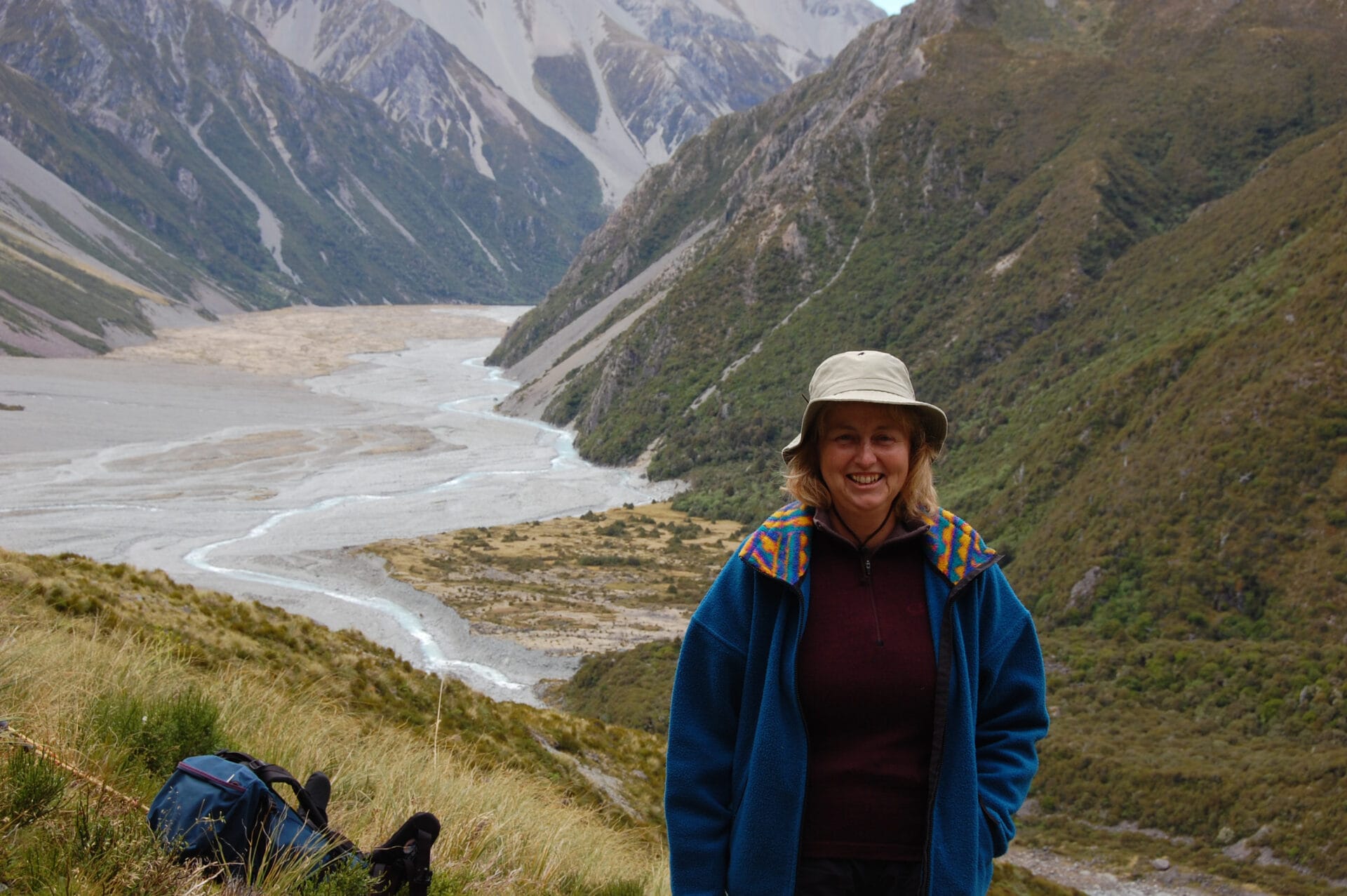Islands in the desert
The genus Eriocaulon (Eriocaulaceae) comprises aquatic and semi-aquatic herbs, with its highest diversity concentrated in the tropics. Globally, Eriocaulon has just over 450 species recognised, with 34 occurring in Australia. Around 80% of these are endemic, primarily distributed across the Monsoon Tropics. Yet, the most intriguing occurrences of Eriocaulon are found far from the tropics – in the Arid and Semi-Arid springs of inland Australia. Five taxa, E. carsonii ssp. carsonii, E. carsonii ssp. orientale, E. carsonii ssp. euloense, E. giganticum, E. aloefolium are known to occur in these isolated springs.
Eriocaulon in the Great Artesian Basin
Notably, these springs are organised in clusters and fed by artesian waters of the Great Artesian Basin (GAB), the largest ground water system on the continent. Several studies have highlighted how unique the biota of these springs are, and shaped by long-term isolation, the GAB springs have been referred as both a “museum” and a “cradle” of biodiversity, preserving ancient lineages while also fostering speciation.
Testing taxon boundaries
This focus on Eriocaulon from the GAB is part of my PhD Systematics of Eriocaulon L. (Eriocaulaceae Martinov.) in Australasia – phylogenomics, historical biogeography, and landscape genomics. This study employed multiple molecular methods including Angiosperms353 target capture to produce the most comprehensive phylogeny of Eriocaulon to date, allowing us to test current taxon boundaries. Additionally, I sampled broadly across the geographic distribution of these desert dwelling Eriocaulon and used double digest RADseq to investigate the genetic structure and gene flow occurring across populations within the GAB.
Preliminary results indicate that all Eriocaulon taxa for the GAB springs are monophyletic, with little to no gene flow between populations from different spring complexes – suggesting long term isolation and potential specialisation. More details can be found in up-and-coming publications and in ASBS Newsletter 202.


